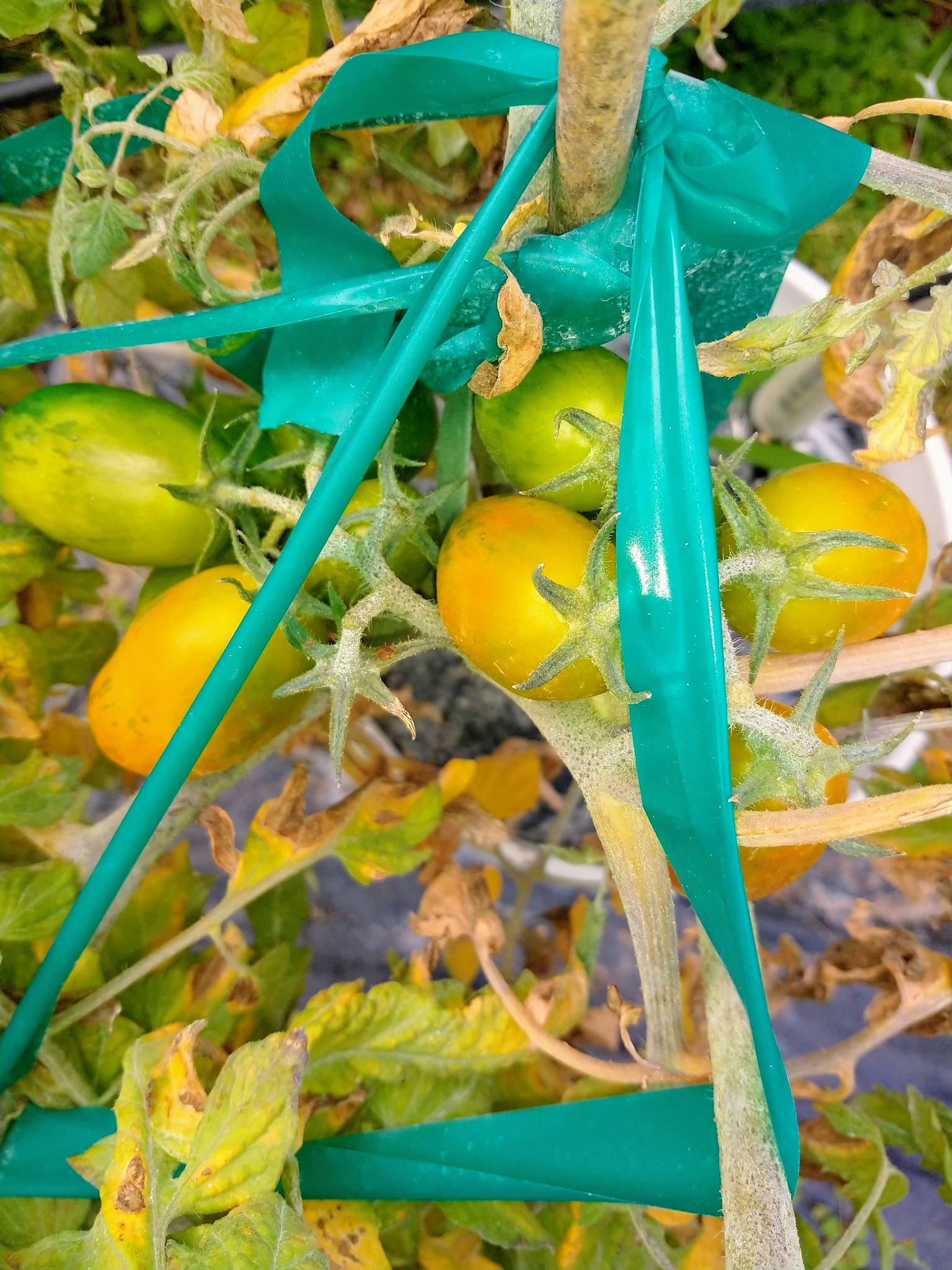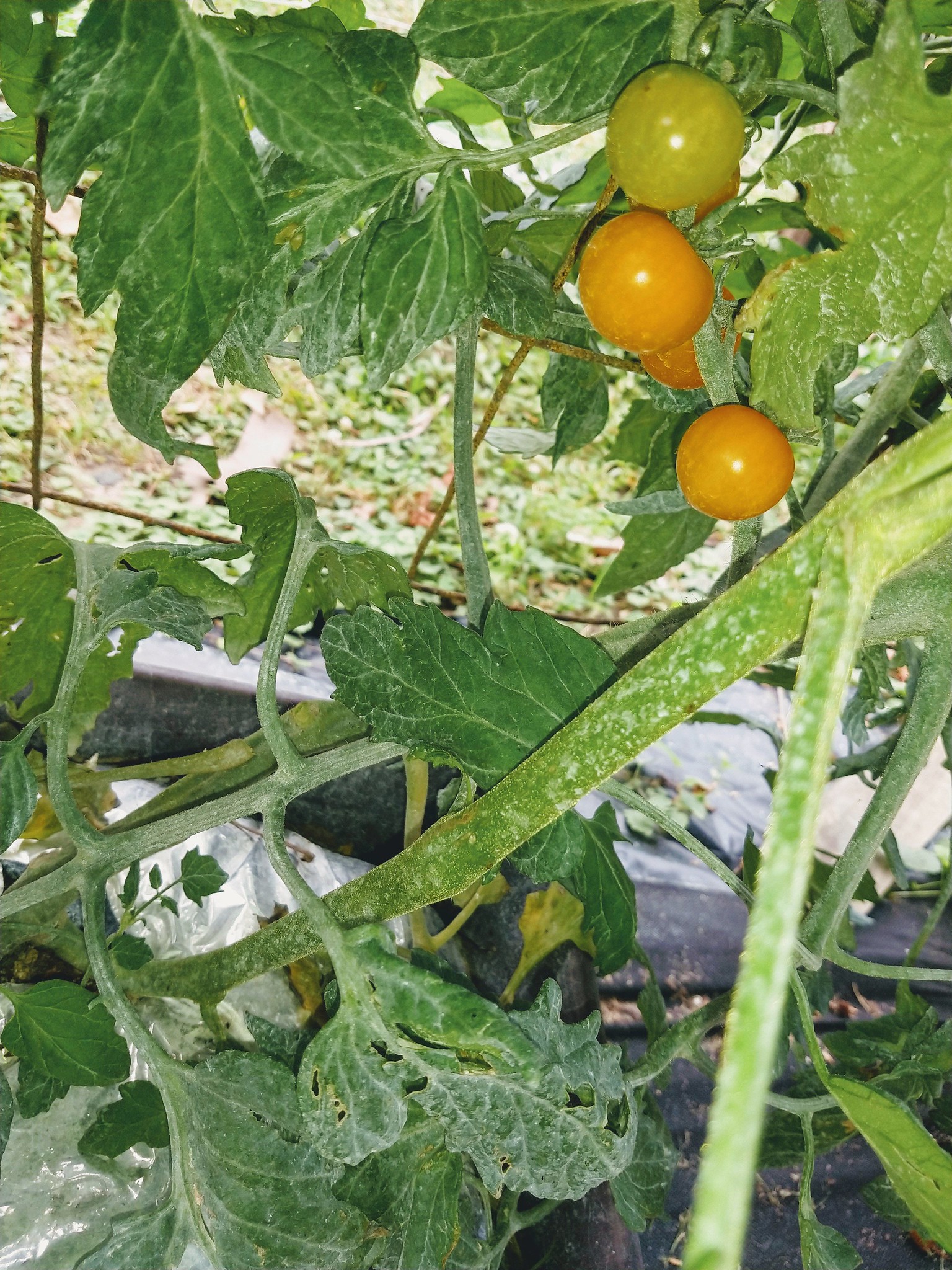pepperhead212
Executive Chef
Here's a photo of an unopened male blossom that when I saw that first open female blossom. The male blossom is directly attached to the pedicel, while the female blossom has a small fruit started on it, ready to grow, once pollinated.Those flowers look very similar. Is there an easily spotted difference between the male and female flowers? Or, do you have to look for stamens and pistils?
 Male bottle gourd blossom, almost open. 6-20 by pepperhead212, on Flickr
Male bottle gourd blossom, almost open. 6-20 by pepperhead212, on FlickrEven the female blossoms on these, and bitter gourds, are on fairly long pedicels, while the ones normally grown, in the Cucurbita genus - cucumbers, summer squash, and winter squash - grow very close to the leaf axils. These are easier to identify, as the males on those are also on long pedicels. Another strange difference is that my butternuts always get a lot of male blossoms (most of which I cut off, as another harvest), long before females start showing up, but with these, the females show up first (only the second year I've grown these, however).
@GreenEnvy22 Normally, I don't have to hand pollinate plants, but these open at nights, and different insects are out then, and last year I had to do this, at first, as they weren't getting pollinated. Looks like something is out there doing it this season, but I wanted to be sure.
Last edited:




